Joshua Tree Desert and National Park-Best Hiking Trail in the Mojave Desert
Joshua Tree National Park California
Joshua Tree National Park is an otherworldly National Park in southern California, famous for its distinct trees. This National Park has some of the best hikes and horse trails in the Indian Canyons, including panoramic vistas and 20-meter waterfalls. During both sunrise and sunset, this National Park is one of the most magical in the US. During both sunrise and sunset, this National Park is one of the most magical in the US. Joshua Tree National Park is situated north of Palm springs in California. The Park is named after the Joshua trees native to the Mojave Desert. Originally declared a national monument in 1994. Straddling San Bernardino and Riverside Counties, the park includes parts of two deserts- The higher Mojave Desert and the lower Colorado Desert.
Geography and Geology
Joshua Tree is located in the Mojave Desert. Joshua Tree desert shares its eastern border with Twentynine Palms, its western border with Yucca Valley, and its northwestern border with Landers. It is bordered on the south by the Coachella Valley. Two distinct desert ecosystems, the Mojave and Colorado come together in Joshua Tree National Park with a variety of plants and animals making their homes in a land sculpted by strong winds and occasional rain. Dark night skies, a rich cultural history, and unique geologic features add to the wonder of this vast wilderness in southern California.
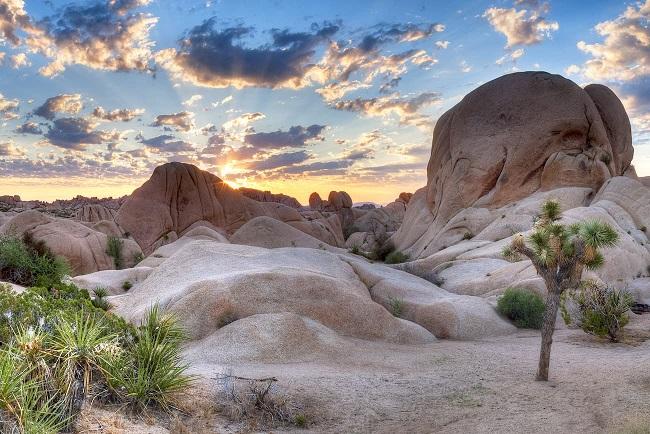
The Joshua tree desert’s oldest rocks, Pinto Gneiss, are 1.7 billion years old and are exposed in the Cottonwood, Pinto, and Eagle Mountains. Much later, from 250 to 75 million years ago, tectonic plate movements forced volcanic eruption toward the surface at this location. Erosion eventually exposed the harder rocks, gneiss, and granite, in the uplands and softer rocks filled the canyons and basins between the ranges. The debris, moved by gravity and water, formed alluvial fans at the mouths of canyons. Joshua tree national park consists of many prominent geomorphic features like inselbergs and Bajadas. Tectonic forces along the San Andreas Fault system compressed and lifted the crust material that formed these ranges. Joshua tree California map shows the location of the area.
The Mojave Desert
The western half of Joshua Tree National Park is located on the southern tip of the Mojave ranging from 2,000-5,000 feet in elevation. On average, the Mojave Desert receives about 3-5 inches of rain annually, most of which occurs during the winter. Because of low annual precipitation competition for survival is fierce resulting in some plants and animals evolving defence mechanisms such as deadly toxins and spikes in order to survive. The Mojave Desert has a slightly cooler climate than the Colorado Desert and is also characterized by the thousands of Joshua Trees native to this region. There is some amazing rock shaped like skulls, hearts and faces in the park.
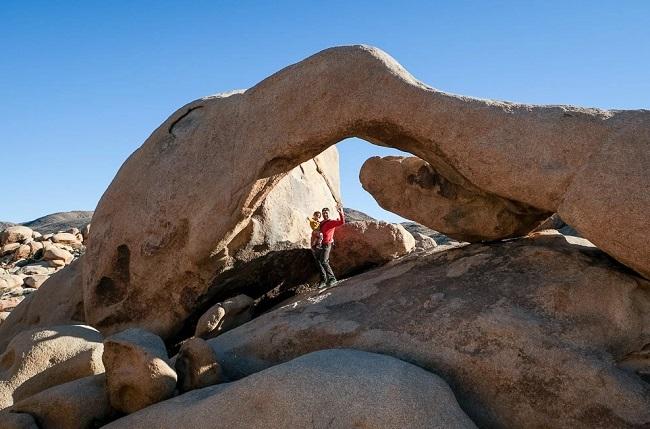
The Colorado Desert
The eastern half of Joshua Tree National Park is located on the westernmost edge of the Colorado Desert, which is part of the Sonoran Desert. This region is characterized by low elevations, hotter temperatures, less rainfall, and wide-open spaces between mountain ranges. Compared to the Mojave Desert, the Colorado Desert may at first seem barren. One of the most noticeable differences between the Mojave and the Colorado Deserts is that the Joshua Tree is absent here, while other plants, such as the ocotillo, smoke tree, and numerous holla varieties thrive are present.
Joshua Tree
Joshua trees are succulents, a type of plant that stores water. In dry ecosystems, however, they are considered trees of the desert. Joshua trees were named for the biblical figure Joshua by 19th-century Mormon settlers who felt the outstretched tree limbs guided them along their westward journey. Joshua trees usually have a single trunk and grow three to nine feet tall before branching. The trunk of the Joshua tree is usually one to three feet in diameter. Joshua trees can grow to between 6 and 21 meters in height. Joshua trees are desert plants and they are most commonly found in the Mojave Desert in the southwestern United States. These trees are such a striking feature of the desert landscape that California national park is named after the. One Joshua tree in California is thought to be over 1,000 years old. A more common lifespan is about 150 years.
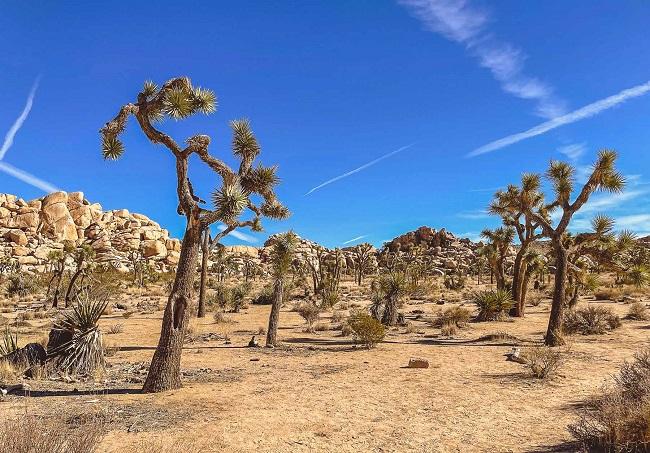
A number of other animals are also served by Joshua trees. For example, 25 bird species nest in Joshua trees. Lizards and invertebrates use various parts of the tree for cover, and a number of mammals rely on Joshua trees for food. Humans have used trees for food and to make baskets and sandals.
Read More- The World’s most Wilderness Coastline- Kimberley Australia
Things to do in Joshua Tree California
Camping
Joshua tree desert hosts a number of campgrounds in the park, two of which are Black Rock Campground and Cottonwood Campground provide the best amenities. A fee is charged per night for each camping spot. Reservations are accepted at Black Rock Campground, Indian Cove Campground, and Jumbo Rocks Campground for October through May, while the other camping site are first-come, first-served.
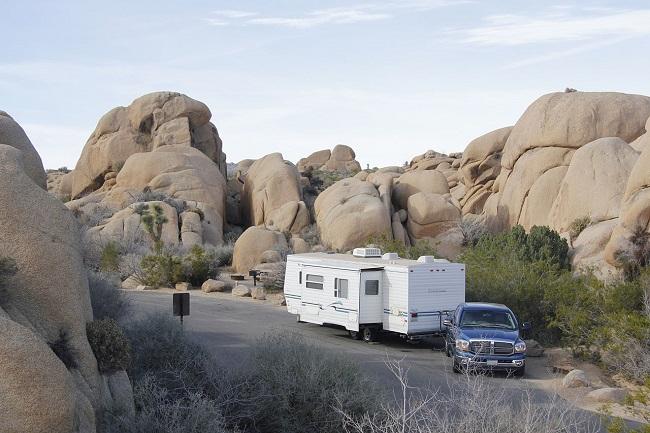
Hiking
Several hiking trails are within the park with rocky outcrops, many of which can be accessed from a camping site. Shorter trails, such as the 1.5 km. hike through Hidden Valley, offering a chance to view the beauty of the park. A section of the California Riding and Hiking Trail meanders for 56 km through the western side of the park. South of the park, at Keys View, The Coachella Valley is best seen. The Salton Sea, the San Andreas Fault, the Santa Rosa Mountains, and the city of Palm Springs are also the best hiking places.
Climbing
The Joshua tree desert is a popular destination for rock climbers, while Yosemite Valley and other parts of the Sierra Nevada were snowbound, It is the best option. Its thousands of named climbing routes contain all levels of difficulty. The routes are typically short, the rocks being rarely more than 70 meters in height, but access is usually a short, easy walk through the desert, and doing several interesting climbs in a single day is possible.

Birdwatching
More than 250 bird species inhabit or visit the park, including resident desert birds such as the greater roadrunner, cactus wren, northern mockingbird, LeConte’s thrasher, verdin, and Gambel’s quail. About 78 species nest and raise their young within the park. Many migrating species spend only a short time feeding and resting at Joshua Tree, mainly in the winter. Birdwatching spots include fan palm oases, the Barker Dam, and Smith Water Canyon. Queen Valley and Lost Horse Valley also provide good birdwatching, with a different range of species due to the lack of water.
Apart from Birds, there are many other animal fauna founds in the park- some of them are lizards, ground squirrels, snakes, bighorn sheep, kangaroo rats, coyotes, bobcats, and black-tailed jackrabbits. The desert tortoise is a threatened reptile species that inhabits creosote bush lowlands in the Mojave Desert. There are only three ways visitors can enter the park- from Yucca Valley in the west, Twentynine Palms in the north, and Cottonwood Springs in the south. The main Visitor Center is actually outside the park, in the nearby Joshua Tree town.
How to reach Joshua Tree National Park
The best way to get around Joshua Tree California is to fly into Palm Springs International Airport, which is about 80 kilometres east, or via Los Angeles International Airport, which is about 240 kilometres east. From here one can easily rent a car to reach Joshua Tree Desert.
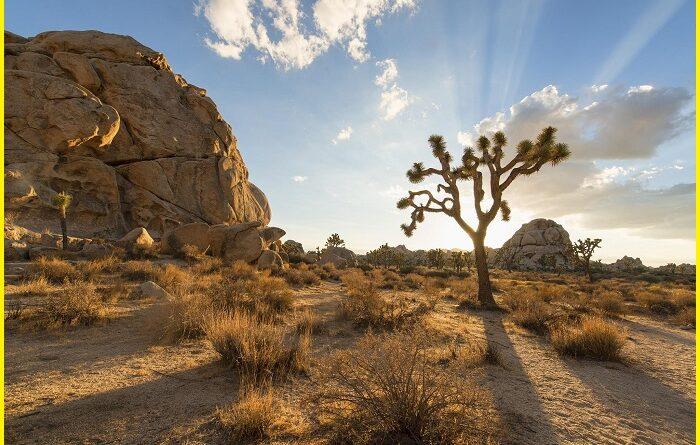
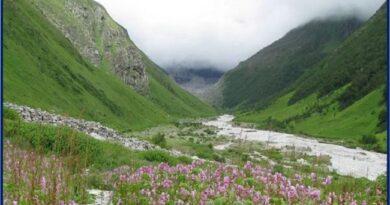
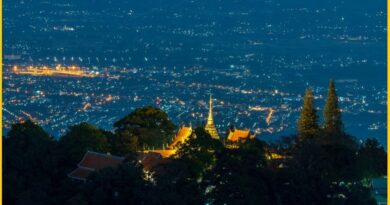
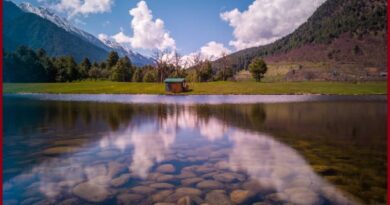
Pingback: Know what is Afar Triple Junction-The point where the Red sea Formed! - Geotourism
Pingback: Las Vegas Nevada-A city of Entertainment, Casino and Amazing lifestyle - Geotourism